What makes gardeners happy with Ekol f1 Dutch cucumbers?
Summer residents interested in getting an early significant harvest of gherkins, as well as fans of "vegetable gardens" on the windowsill, successfully grow Ekol f1 cucumbers, which are equally suitable for open and protected ground, home cultivation.
Hybrid cucumber Ekol (2001) - the result of the work of the Dutch scientists of the company Syngenta Seeds B.V., who set the goal of removing early high-yielding gherkins. In the State Register of the Russian Federation, this variety has been listed since 2007.
Description of the variety
Ekol cucumbers, which successfully bear fruit in greenhouse conditions, have earned respect from summer residents - owners of greenhouses and farmers who supply early products to the market or process them.
The Ekol hybrid has a number of valuable qualities, which can be seen from the description of the variety given in the table below.
| Variety information | 1st generation hybrid. |
| The authorship belongs to the Dutch company Syngenta Seeds B.V. | |
| Pollination type | Parthenocarpic (does not need pollination). |
| Hybrid type | Indeterminate |
| Type of ovary formation | Bouquet |
| Ripening rate | Medium early. From germination to the onset of technical maturity, 42-45 days pass. |
| Cultivation area | North Caucasus, including foothills and low mountains; Northwest; Central Black Earth Region; Lower Volga; Ural; Siberia - Western and Eastern. |
| Suitable for growing in open ground, under film shelters, in greenhouses, at home. | |
| Landing scheme | It is recommended to grow on trellises with a frequency of planting 4-5 bushes per 1 m 2 |
| Productivity, kg / m 2 | Up to 20 kg / m 2 in a greenhouse, up to 3 kg / m 2 in open beds. |
| Fruit type | Gherkin |
| Purpose of fruits | Universal |
| Is there bitterness in the fruit | Bitterness is genetically excluded |
| Resistant to adverse conditions | After temporary exposure to unfavorable conditions (temperature drops, drought), it quickly recovers, and without loss of yield. |
| Disease resistance | Resistant to olive spot, cucumber mosaic virus and powdery mildew. |
Appearance
Ekol f1 forms a liana of average height - 2.5-3 m (see photo). Moderate branching, compactness is determined by shortened internodes. Side branches - determinant typethat stop growing, forming a knot with flowers under the 3-4th leaf.
Leaves are tough, bright green, medium in size.
The flowering type is female, the buds are formed in bunches (bouquets) of 4–5 pieces in each node.
Fruit
The main characteristic of Ekol cucumbers is size. Their length does not exceed 10 cm (the ratio to the diameter is usually 3: 1) with a weight of up to 75 g. At the same time, greens that have grown to 4-5 cm (pickles) are completely suitable for fresh consumption, suitable for all canning methods.
The shape of the fruit is cylindrical, the color is dark green, the light stripes stretch for about two-thirds of the body's length, have blurred borders. The surface is lumpy, rigidly pubescent. It is the tough white edge that gives the greens "thorniness", which is not always pleasant to summer residents.
The pulp of zelents is dense, juicy, crunchy, with a fresh aroma inherent in cucumbers. There are no voids, the absence of bitterness is a genetic characteristic. However, the fruits overexposed on the whip quickly increase in diameter, acquire rigidity, and their taste deteriorates noticeably.
A good harvest is guaranteed by the ability of the hybrid to self-regulate the filling of zelents: under stress, a sharp cold snap, lack of moisture or nutrients, overload of the lash with fruits, it continues to form new ovaries, but their growth slows down.When unfavorable conditions are eliminated, the greens immediately respond with a normal filling.
Pros and cons of the variety
Like most hybrid varieties, Ekol has a number of advantages:
- resistant to characteristic diseases of the culture, such as powdery mildew, cladosporia, viral mosaic;
- resistant to heat and cold snaps;
- does not require natural or hand pollination;
- fruiting begins early, duration - up to 2 months;
- seeds can be sown directly into the beds;
- high productivity, especially in greenhouse conditions;
- versatile in application;
- suitable for harvesting fruits that have gained a length of about 4 cm.
The disadvantages are the deterioration of marketability and taste during a delay in harvesting, as well as a large number of thorns. Also, the disadvantages include the high cost of seeds, but this disadvantage is completely neutralized by the excellent yield of the variety.
Growing features
Ecole F1 is grown in greenhouses, hotbeds, on a windowsill or balcony, in the open field.
Sowing seeds for seedlings or directly on the beds is carried out according to general rules, taking into account several factors:
- Sowing in open ground is carried out when the soil temperature reaches 15 ° C, for seedlings - in the third decade of April. When growing greenhouses in a heated greenhouse, sowing begins in February.
- Seeds do not need pretreatment, all necessary measures have been taken by the manufacturer.
- On the beds, sowing is carried out in holes, between which a distance of 10 cm is maintained.The seeding depth is 2 cm.
- On the 10th day after the emergence of seedlings, the seedlings are thinned out. Leave the strongest so that the distance between them is at least 15 cm.
- The lashes are tied to the trellis when the bushes grow up to 20 cm (the variety is distinguished by the fragility of the stem).
- After the formation of 2-3 true leaves, re-thinning is carried out. The step between the plants should be 30 cm.
Ekol cucumber seedlings are buried to ground level in a pot. A deeper planting is advisable only in the south, where the summer is long: the growth of the root mass stops the development of the cucumber liana.
The early maturing Ecole is often grown in two turns. In this case, only the seedling method is used. The re-sowing period is calculated so that the saplings are planted in the second decade of July.
Vines are formed according to the typical technique for parthenocarpics.
Unlike most parthenocarpic varieties, the harvest of Ekol cucumbers is harvested daily in order to maintain the high taste characteristics of gherkins.
Reviews of gardeners
The general assessment of the hybrid variety of cucumbers Ekol f1 by network users is at the level of 4-5 points on a 5-point scale.
In the reviews, summer residents unanimously note the excellent, friendly germination of seeds, the trouble-free cultivation, subject to elementary agrotechnical rules, even in extreme summer conditions.
Residents of the southern regions are happy to plant this variety with the second turn - after harvesting onions and garlic. By this time, the heat nullifies the fruiting of other crop varieties, and Ekol is just entering the phase of mass fruiting.
Although breeders recommend the use of trellises, gardeners often cultivate a hybrid in a sprout without mulching. At the same time, the yield remains at the level given in the description, however, difficulties arise with loosening the soil. The use of a special mesh together with trellises or supports greatly simplifies the formation of lashes.
Since Ekol has fragile stems, the cucumbers are not plucked, but cut with a sharp knife.
Growing cucumbers Ekol f1 is a simple process. A stress-resistant hybrid forgives minor care issues that occur among inexperienced gardeners. However, it is not suitable for those summer residents who visit their plots only on weekends, and this is important to consider when deciding to grow this variety.
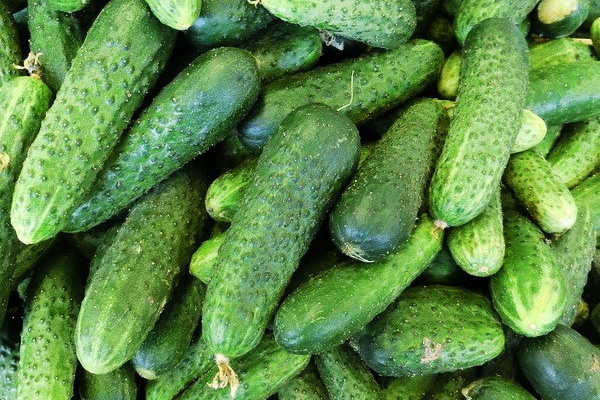
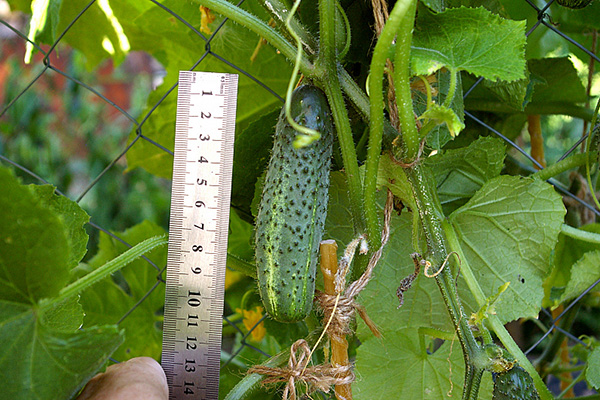
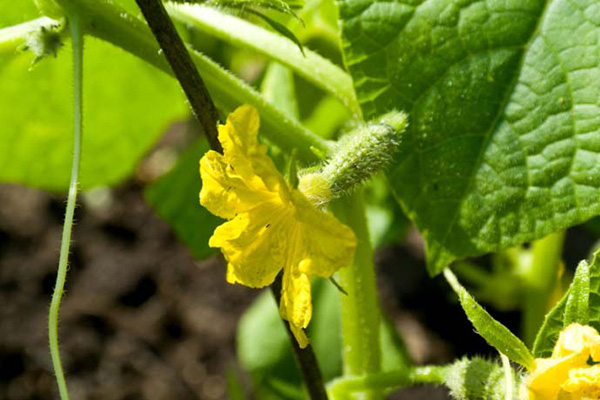
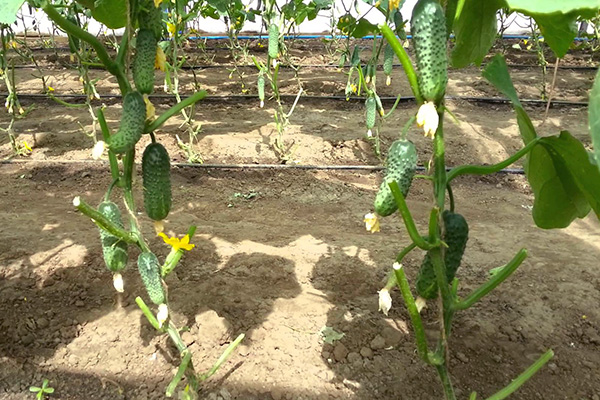
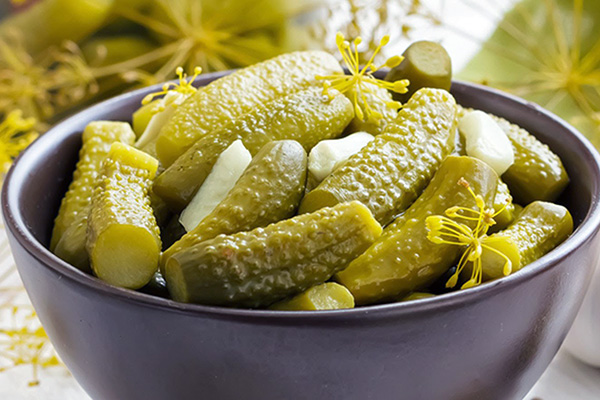

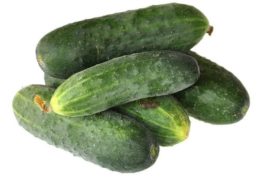
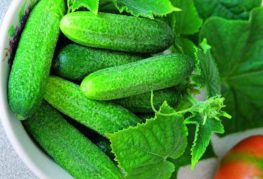
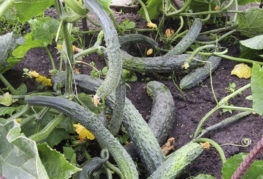


and will be published shortly.